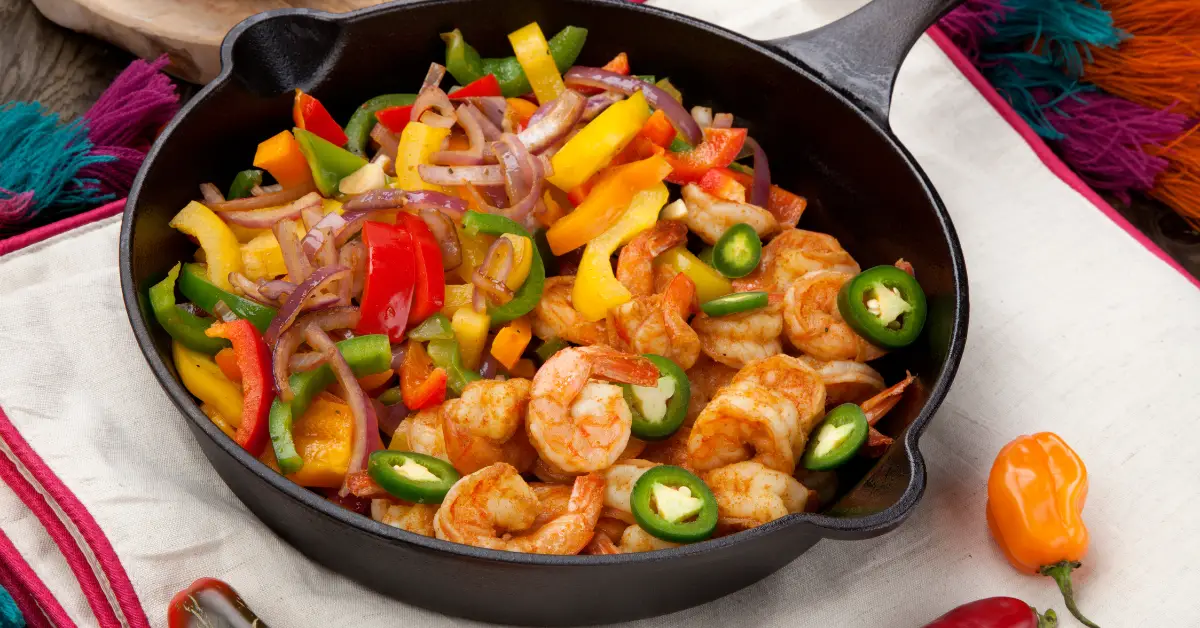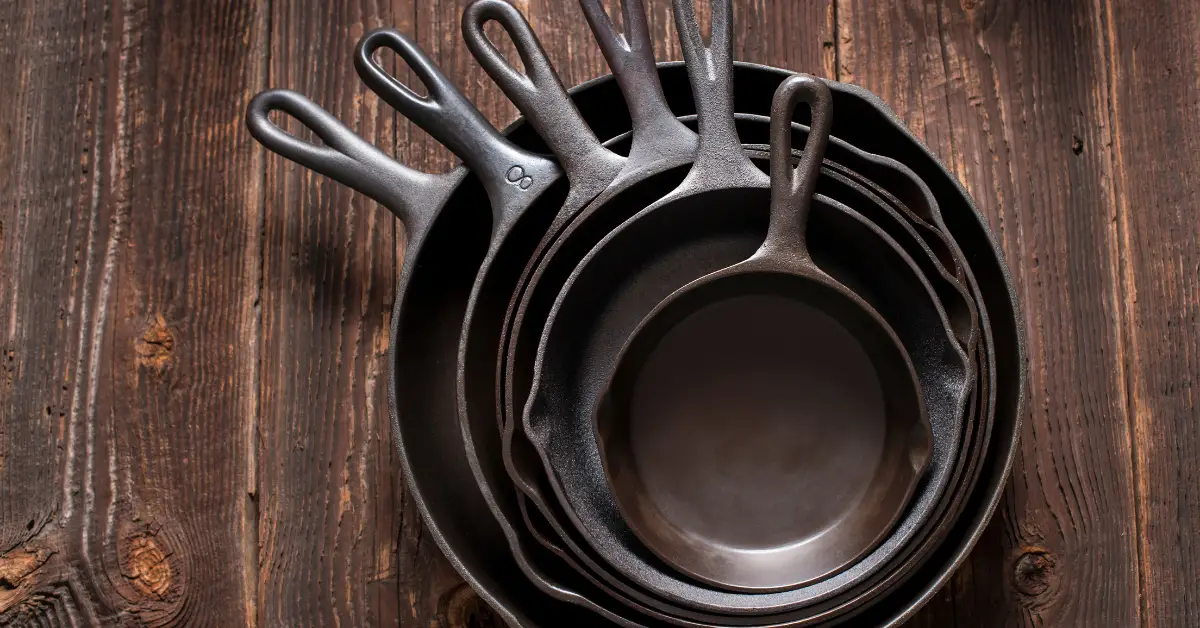Cast Iron Skillet Tips For Successful Cooking
Table of Contents
Cast Iron Tip #1-Preheat Your Cast Iron Skillet First
The number one tip to be successful at cooking in a
Out of all the
Don’t forget to do this if you are using a

Before cooking, preheat your skillet so the food won’t stick to the
When I say preheat, ensure your cast iron pan is warm to the touch before adding any cooking oil or food.
Another way you can test to see if a
Adding cold meat or vegetables to a cold pan tends to stick; when it sticks, it usually burns, and we don’t want burnt food.
Cast Iron Tip #2-Add A Little Oil Before Cooking
Do you put oil in a
The second of the
One of the biggest mistakes I made early on and saw people making was not adding a small amount of cooking oil to the skillet.
This ensures that your meat, vegetables, or other food you’re cooking will stick to the cast iron.
Instead, you need to add a little bit of fat or the cooking oil of your choice to the skillet.
A test that people often use to demonstrate whether a cast iron skillet is seasoned properly or not is what we call the egg test.
And when you’re using the egg test, what takes place is cooking an egg to make sure that it doesn’t stick to the cast iron, and this is to prove that the cast-iron skillet is properly seasoned.
But to ensure eggs cook without sticking, all that is needed is some cooking oil or fat like butter.
I like to use butter when cooking eggs in my Lodge Cast Iron Skillet.
As you can see in the video below is a demonstration of where I cooked eggs in a
Cast Iron Tip #3 Don’t Cook On High Heat
What should you not do to a cast iron pan?
Cast iron skillet tip number 3 is do not cook with your burner on high.
Cast iron is very good for holding heat. And for it to retain heat, it takes a little bit of time to properly preheat the
One of the biggest mistakes you can make is trying to speed up the process by cooking on high.
Two things can happen when you turn the burner on high and try to cook too fast and too hot.
Number one is when the burner is on the high setting; it tends to damage the seasoning on the bottom of your
Doing this allows rust to form because the seasoning is reduced or damaged.
Once your cast iron is properly seasoned, you want to maintain it the best you can without damaging it, so gradually heat your skillet.
And number two is when the burner is on a high, it will cause most food to stick to the cast iron.
Only cook at higher temperatures when searing meat like a steak or brazing a roast.
Bonus Cast Iron Tip #4-Use A Silicone Handle Or Potholder
The fourth
Cast iron gets hot. Not only in the cooking area but also on the handles.
Be safe and protect yourself from being burnt by touching the hot
I recommend you use a silicone handle or a potholder like this one. You can use this silicone potholder from Lodge in two ways.
Number one, you can use these potholders on the hot handle of the
What is the first thing you do on a cast iron skillet?
The first thing I do to a cast iron skillet, especially if it’s a new cast iron skillet, is to wash it thoroughly and dry it completely.
Can you use a pre-seasoned cast iron skillet right away?
Yes, you can. I season it if it needs to be, but most, if not all, cast iron today is pre-seasoned, so you don’t necessarily have to season it.
And number three, if I season it first, I will bake it in the oven anywhere from 350 degrees to 450 degrees for 1 hour.
What is the trick to cooking with cast iron?
The main trick to cooking in cast iron is to preheat your cast iron skillet before adding any meats or vegetables. It’s not good to add cold meat to a cold cast iron skillet. The best way to ensure that your meat or vegetables do not stick to your cast iron skillet is to preheat the cast iron skillet before adding them.
Do you put oil in a cast iron skillet when cooking?
Do you need to use oil in a cast iron skillet? YES! One of the biggest tips for cooking with cast iron I learned was to add a little bit of cooking oil to the cast iron skillet before you even begin cooking. The oil keeps the food from sticking and burning.
Conclusion:
If you follow these simple steps, you will succeed more in your cast iron cooking experience.
This list is not exhaustive, and if you need help with seasoning or cleaning your cast iron, be sure to check these other articles.



